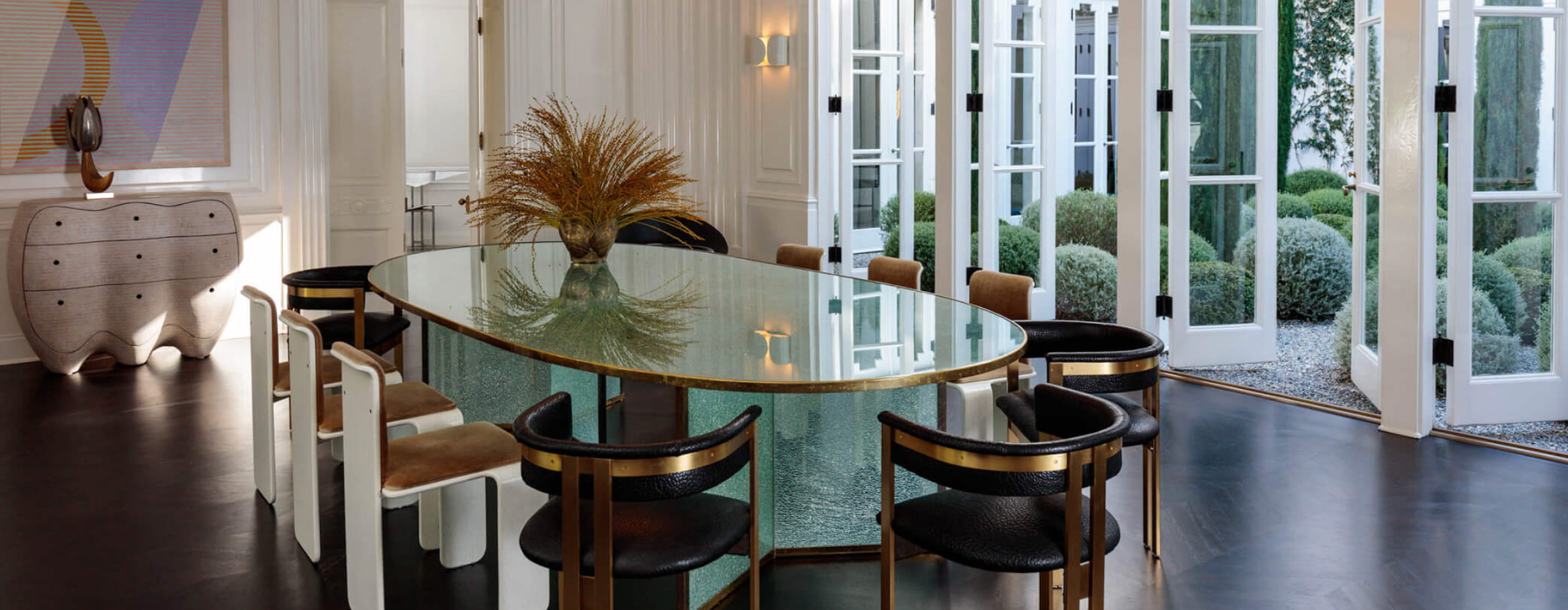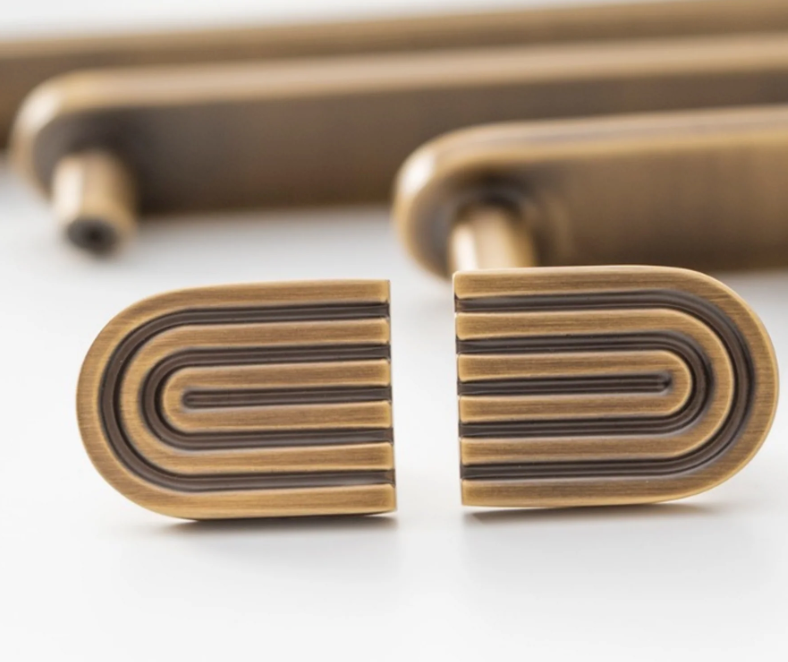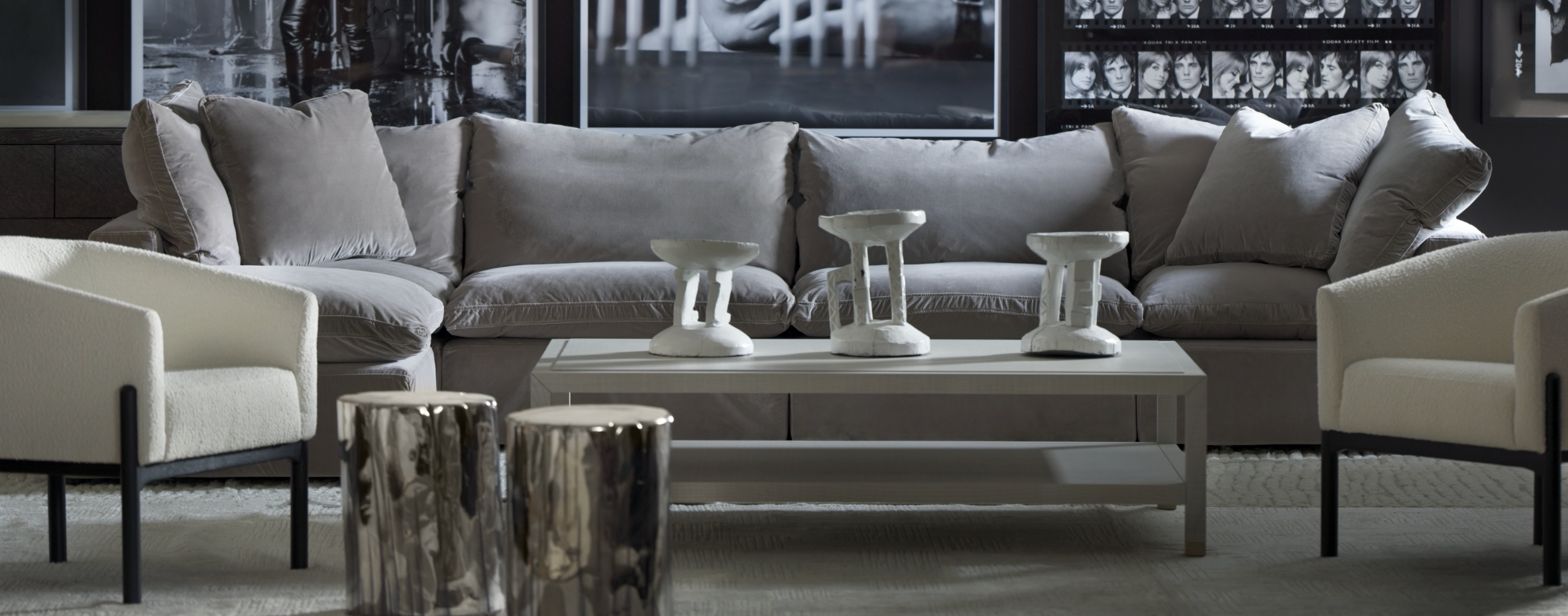Unraveling the Artistry of Interior Design: What Does an Interior Designer Do?

This post may contain affiliate links, which means I may receive a small commission if you make a purchase using these links, at no cost to you. I only recommend products from suppliers I genuinely love, as an interior designer.
The world of interior design is a fascinating realm where creativity, functionality, and aesthetics converge. It's a profession that goes beyond mere decoration, encompassing a wide range of skills and tasks. But what does an interior designer do exactly? This blog post aims to shed light on the multifaceted role of an interior designer and the various aspects involved in the field of interior design.
Understanding the Role of an Interior Designer
At its core, interior design is about creating functional and aesthetically pleasing indoor spaces. An interior designer is a trained professional who plans and supervises the design of these spaces, whether they are residential homes, offices, hotels or other commercial establishments.
Interior designers work closely with their clients to understand their needs, preferences, and lifestyle. They then use this information to create designs that not only look good but also serve their intended purpose effectively. This involves choosing color schemes, selecting appropriate furniture, fixtures and fittings, arranging them optimally within the space available, and coordinating with other professionals such as architects or builders to ensure that everything comes together seamlessly.
Photos: Eye Swoon and KNOF Design
The Creative Process in Interior Design
The creative process in interior design begins with conceptualization. The designer develops an initial concept based on the client's brief and presents it through sketches or digital renderings. Once approved, this concept becomes the foundation for all subsequent decisions.
Next comes space planning - a crucial aspect of interior design that involves determining how best to use the available space. This includes deciding where to place walls (if any), windows, doors, furniture and other elements so as to create a harmonious flow within the room.
Selection of materials is another key task in this process. The designer chooses everything from paint colors and wallpaper patterns to fabrics for upholstery or curtains based on their aesthetic appeal as well as practical considerations like durability or maintenance requirements.
Finally, the designer oversees the implementation of the design, coordinating with contractors, suppliers and other professionals to ensure that everything is executed as planned.
Photos: The Boutique Handle Co & Crucial Trading
The Technical Aspects of Interior Design
Interior design isn't just about aesthetics; it also involves a fair bit of technical knowledge. For instance, designers need to be aware of building codes and regulations, understand architectural drawings and blueprints, and have a basic grasp of structural principles.
They also need to be adept at using various software tools for drafting designs, creating 3D models or renderings, and managing projects. Moreover, they should have a good understanding of lighting design - both natural and artificial - as it plays a crucial role in enhancing the ambiance of any space.
AutoCad and VectorWorks are two popular interior design software programs.


The Impact of Interior Design
Good interior design can significantly enhance the quality of life. It can make homes more comfortable and inviting, offices more productive and inspiring, retail spaces more appealing to customers - the list goes on.
Moreover, interior design can also contribute to sustainability by promoting efficient use of resources. For instance, designers can opt for eco-friendly materials or energy-efficient appliances; they can design spaces that maximize natural light or ventilation thereby reducing reliance on artificial lighting or air-conditioning.
Dezeen has some excellent articles if you want to read more about sustainable interior design.
Photos: Naturewall Corkwall Beige and Living Bright Interiors
Conclusion
In conclusion, an interior designer does much more than just decorate rooms. They are creative problem solvers who combine artistic flair with technical knowledge to create spaces that are both beautiful and functional. They work closely with clients to understand their needs and preferences, develop innovative solutions that meet these requirements while also taking into account practical considerations like budget or timeline.
So whether you're looking to revamp your home or office or planning a new build from scratch - consider hiring an interior designer. Their expertise could prove invaluable in transforming your vision into reality while ensuring that every aspect - from space planning to material selection to lighting design - is handled professionally and efficiently.
Here at Boutique Handle Co, we have an "ask an interior designer" section to give our customers help from a professional.
Be sure to get in touch or even leave a comment below with your opinion on the blog!
If you have any questions about our products, please email us at hello@boutiquehandleco.com.










Comments